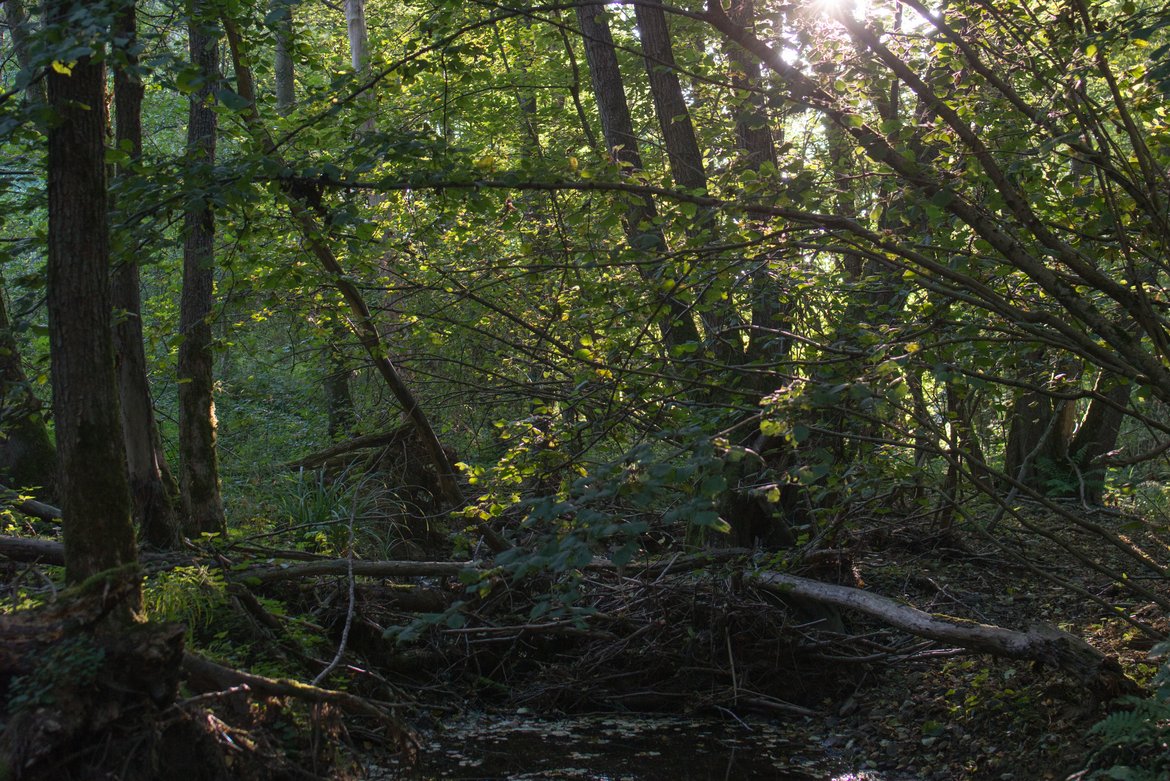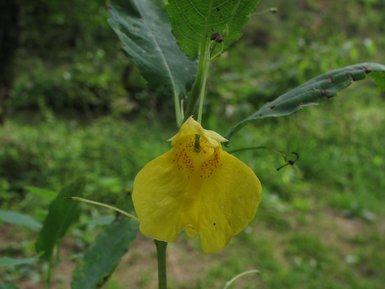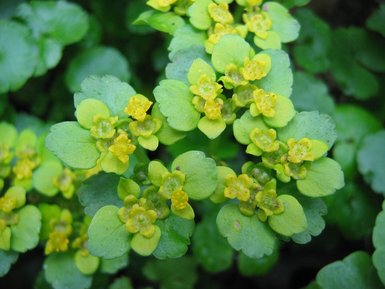Alluvial forests (Natura 2000 code - 91E0)
Description
Alluvial forests are found on alluvial soils, in flood-prone areas of watercourses of all sizes (from large rivers to small spring streams). They are influenced by the water table and are periodically flooded by high water. However, they are characterised by soils that are relatively well aerated and drained during the vegetation period, even though they are always well supplied with water. These are highly fertile environments, rich in nutrients (eutrophic) from alluvial deposits resulting from flooding.
These environments are natural and maintain themselves, evolving freely without human intervention. However, ad hoc management may be put in place to control the presence of any invasive exotic species such as Himalayan Balsam (Impatiens glandulifera) or Giant Hogweed (Heracleum mantegazzianum).
As part of the project
In the ArdennEislek LIFE project area, alluvial forests develop mainly in valley bottoms, along the various watercourses in basins such as the Amblève, Ourthe or Wiltz.
The aim of the project is to restore 40 hectares: 30 hectares in the Grand Duchy of Luxembourg and 10 hectares in the Walloon Region.
Some characteristic species
Slack alder (Alnus glutinosa), common ash (Fraxinus excelsior) and various willow species (Salix spp.), mixed or not, are the species that dominate most alluvial forests. Depending on the variants, they may be accompanied by other species, such as Sycamore Maple (Acer pseudoplatanus), Pedunculate Oak (Quercus robur) or, a very rare species, Smooth Elm (Ulmus laevis), with an undergrowth of Bird Cherry (Prunus padus), Hazel (Corylus avellana), Black Elder (Sambucus nigra) or Red Currant (Ribes rubrum).
Many herbaceous species are found in the undergrowth. They vary according to the type of alluvial forest. For example, the species characteristic of spring stream forests are bitter cardamine (Cardamine amara), opposite-leaved dory (Chrysosplenium oppositifolium), Horsetail (Equisetum telmateia) and various sedge species (Hanging sedge (Carex pendula), Spaced sedge (Carex remota)...). In forests along fast-flowing rivers, we find the Wood Balsam (Impatiens noli-tangere), the Alternate-leaved Gorse (Chrysosplenium alternifolium), Giant Fescue (Festuca gigantea), Wolfsbane (Aconitum lycoctonum) or Wood Stellaria (Stellaria nemorum). The alluvial forests of slow streams and large rivers have few truly typical species. We could mention Podagraire (Aegopodium podagraria), Yellow Gagea (Gagea lutea) or Scaly Lathrea (Lathraea squamaria), but these last two species are relatively rare.

© Xavier Janssens






